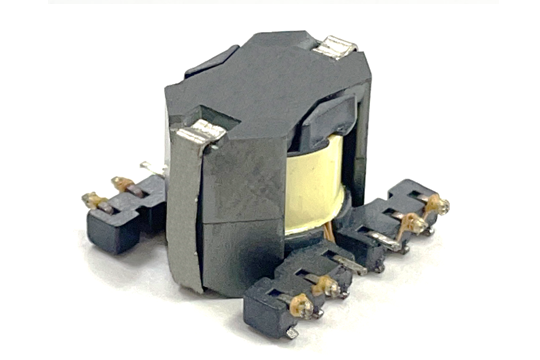Gate drive transformers are used in power electronics applications to isolate the control circuitry from the power switch. These transformers are typically used to provide a signal to the gate of a power MOSFET or IGBT, allowing for efficient and reliable switching of high-power loads.
To work with gate drive transformers, you will need to follow these steps:
Choose the right transformer: The transformer should be chosen based on the power requirements of the application. This includes the maximum voltage and current that the transformer will be required to handle.
Connect the transformer: The transformer should be connected to the control circuitry and the power switch. The control circuitry should be connected to the primary side of the transformer, and the power switch should be connected to the secondary side.
Test the transformer: Before using the transformer in the application, it is important to test it to ensure that it is functioning correctly. This can be done using a multimeter to measure the resistance of the primary and secondary windings.
Tune the transformer: The transformer should be tuned to ensure that the switching waveform is optimized for the application. This involves adjusting the turns ratio and the coupling coefficient of the transformer.
Monitor performance: Once the transformer is in use, it is important to monitor its performance to ensure that it is operating correctly. This includes measuring the voltage and current on both sides of the transformer, as well as monitoring the switching waveform to ensure that it is stable and free from noise.
It is important to follow the manufacturer's guidelines when working with gate drive transformers, and to take appropriate safety precautions when handling high-voltage and high-current circuits.

